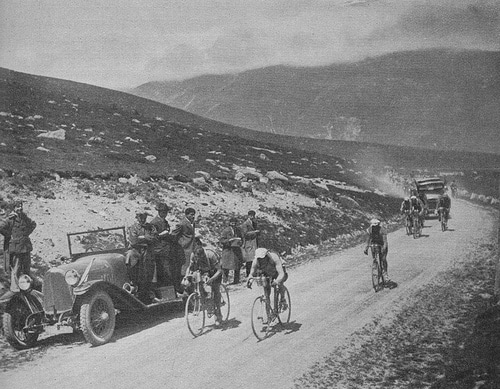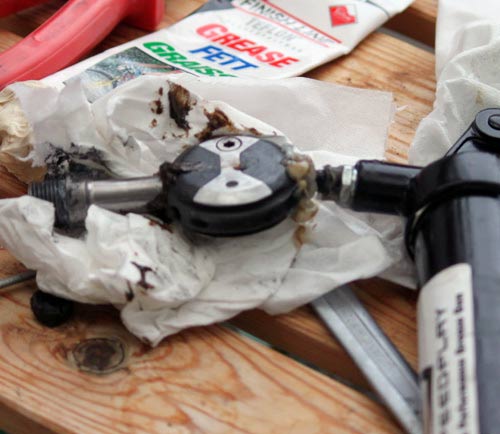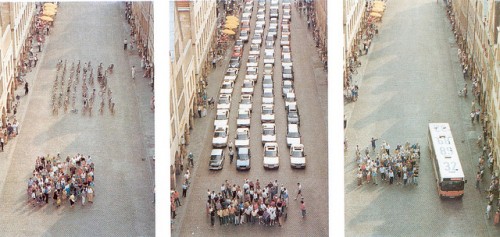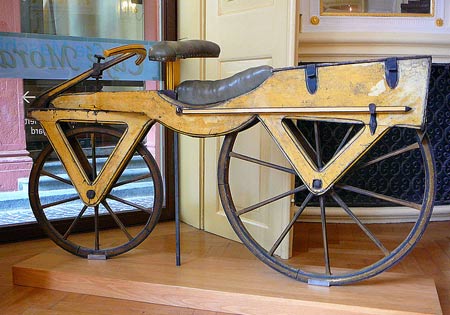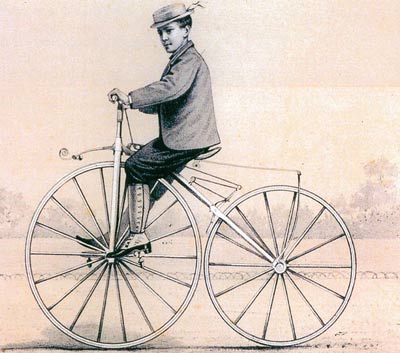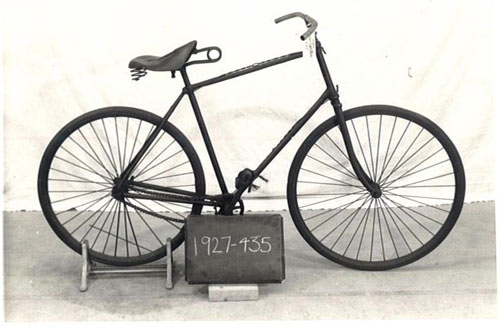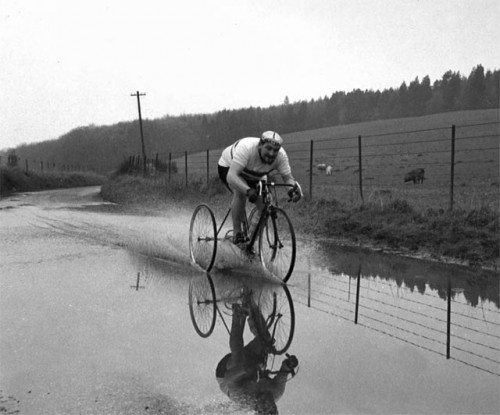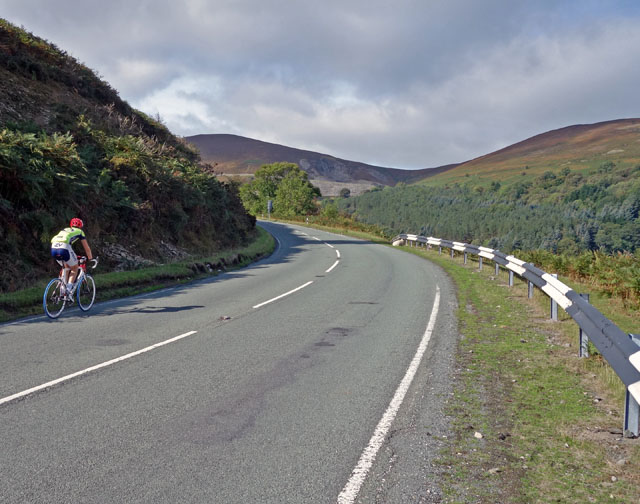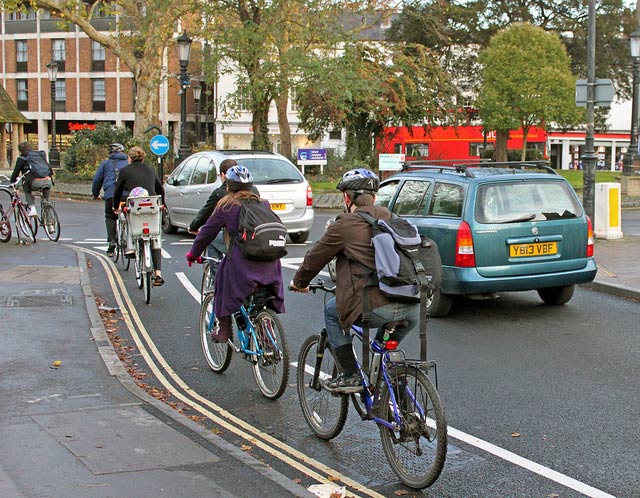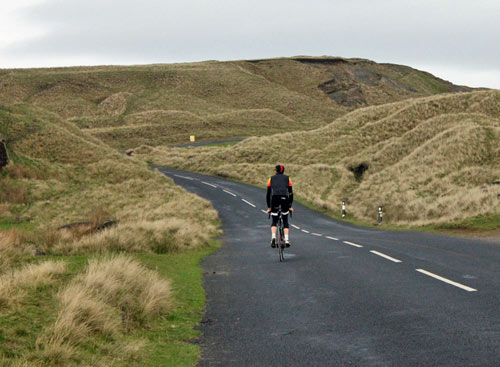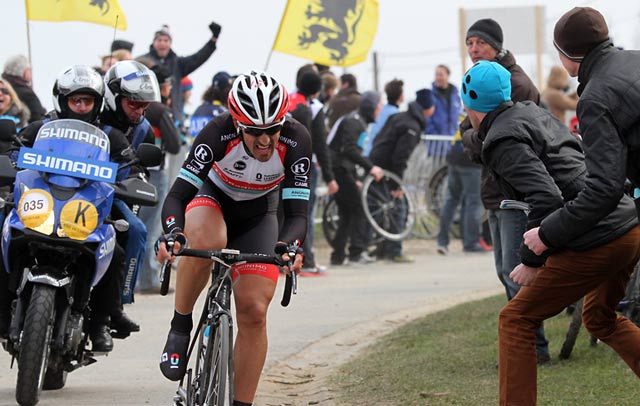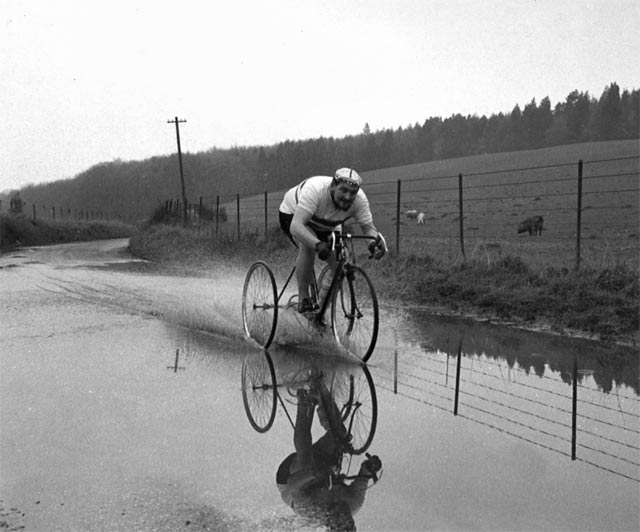In the latest Cycling Weekly, the main feature was on ‘Britain’s Latest Climbing Craze’ – Everesting. If you haven’t heard of Everesting, it is a challenge which involves cycling up and down a hill until you have completed the height gain of Mount Everest – 8.848 metres – that’s 14 times Great Dun Fell, 30* Hardknott Pass and 128* Swains Lane. Amongst other British riders, Laurie Lambeth was mentioned for everesting Great Dun Fell, and only a short while later, Everesting Hardknott Pass. Three weeks after Hardknott he managed his third Everest (an off road challenge) in 160 miles and 17 hours, which Laurie mentioned ‘…it was a bit of a struggle’.
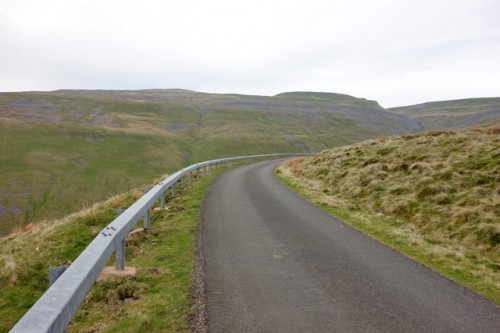
Great Dun Fell and Hardknott Pass are two of England’s most iconic climbs – and in their own way perhaps the hardest too. To Everest both is an impressive feat and just slightly mad into the bargain – just the kind of thing we like at cyclinguphill.com.
When I first heard of Everesting this summer, I nearly ditched all my plans to do the National 100 and plan carefully for the National Hill Climb. It just sounded such a cool thing to do. Well, there’s always time, but it seems British hills are going pretty quick – If you want to be the first to everest the hill of your choice, get training!
Thanks to Laurie for sharing his great report on the day of cycling up Great Dun Fell.
Everesting Great Dun Fell
by Laurie Lambeth
I first heard about “Everesting” on an internet forum around the beginning of June 2014. The idea instantly caught my imagination, 29,029ft of ascent in one single ride! Was this madness or genius? I decided either way I had to find out.
I live up in the North Pennines in a small village called Nenthead. Nenthead is an old mining village sitting at around 1,400ft, it is surrounded by hills, lots and lots of hills! It can be a cyclist’s heaven or maybe even hell depending on what you like? Luckily for me it’s the former.
I set about picking my Everesting hill. It didn’t take me long to decide I wanted to try and be the first to “Everest” Great Dun Fell and claim the highest road in England at 2,785ft. I’d ridden the fell once before, a tough experience in howling wind and so much fog I couldn’t even see the huge golf ball looking radar station that sits on the very top!

The hill climbs up 4.6 miles, it has an average gradient of 8% and in places kicks up to over 20%, by the time you reach the top you will have climbed around 2,070ft. For a successful Everest the hill would need to be climbed 15 times, this would total 140 miles and pass the 29,029ft target. This challenge would mean riding further, higher and for longer than anything I’d done before.
Whilst out on a Sunday training ride a few weeks after hearing about the challenge, I heard a rumour that I wasn’t the only one eyeing up Great Dun Fell for an Everest attempt. In fact I was told two people were attempting it that very same day! Thinking I might have missed my chance, I kept I close eye on the Everesting website for any new entries… two days passed but nothing appeared. The hill was still up for grabs, although with the extra interest, claiming it had now become a race against time.
Tuesday 24th June, Forecast looks ok for Thursday, not perfect but hopefully good enough to have a go. Thursday 26th I’m up at 5am and on my way to Knock at the bottom of Great Dun Fell. I park up at the bottom of the hill and waste no time getting kitted up. 6.30am I start the Garmin and it’s time to go…


